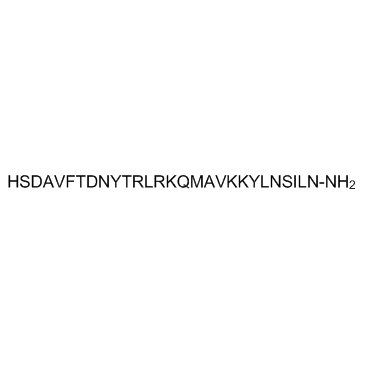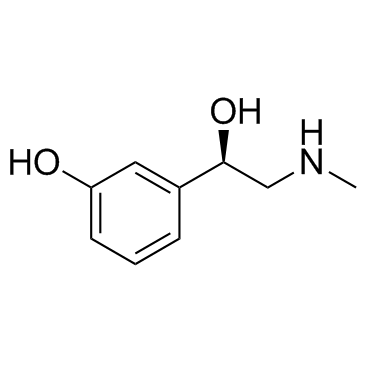| 结构式 | 名称/CAS号 | 全部文献 |
|---|---|---|
 |
醋酸阿肽地尔
CAS:40077-57-4 |
|
![5-([4,6-二氯三嗪-2-基]氨基)荧光素 盐酸盐 结构式](https://image.chemsrc.com/caspic/001/21811-74-5.png) |
5-([4,6-二氯三嗪-2-基]氨基)荧光素 盐酸盐
CAS:21811-74-5 |
|
 |
卡巴胆碱
CAS:51-83-2 |
|
 |
去氧肾上腺素
CAS:59-42-7 |